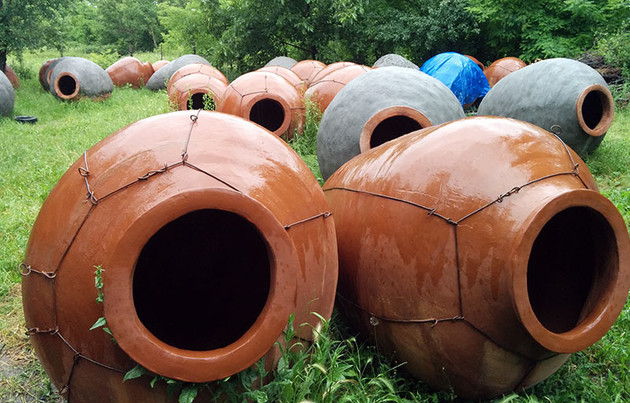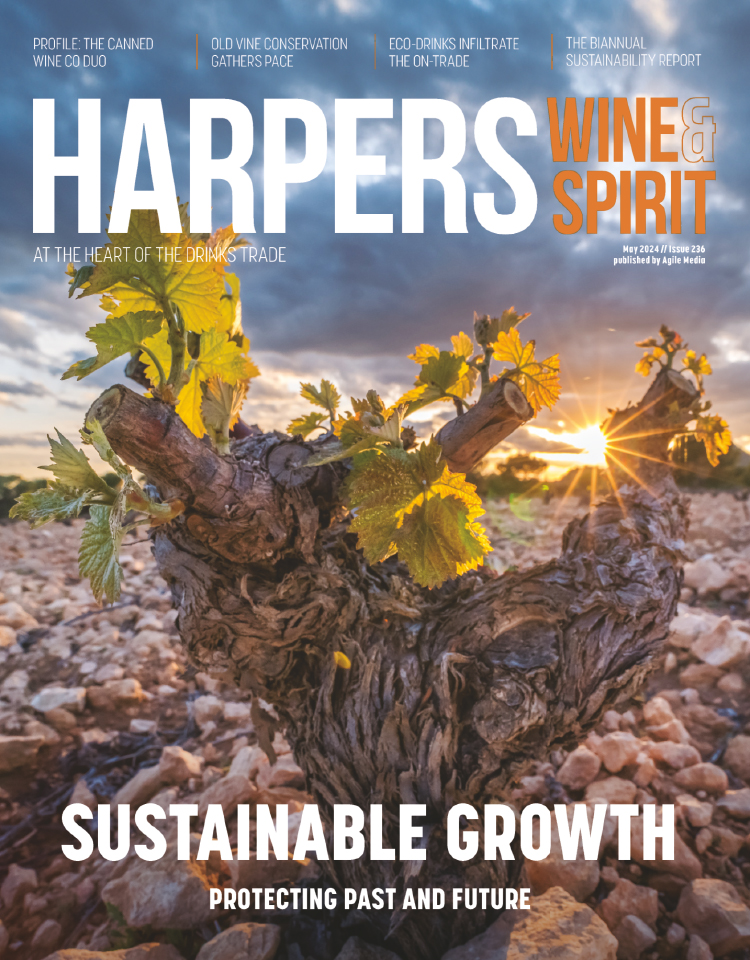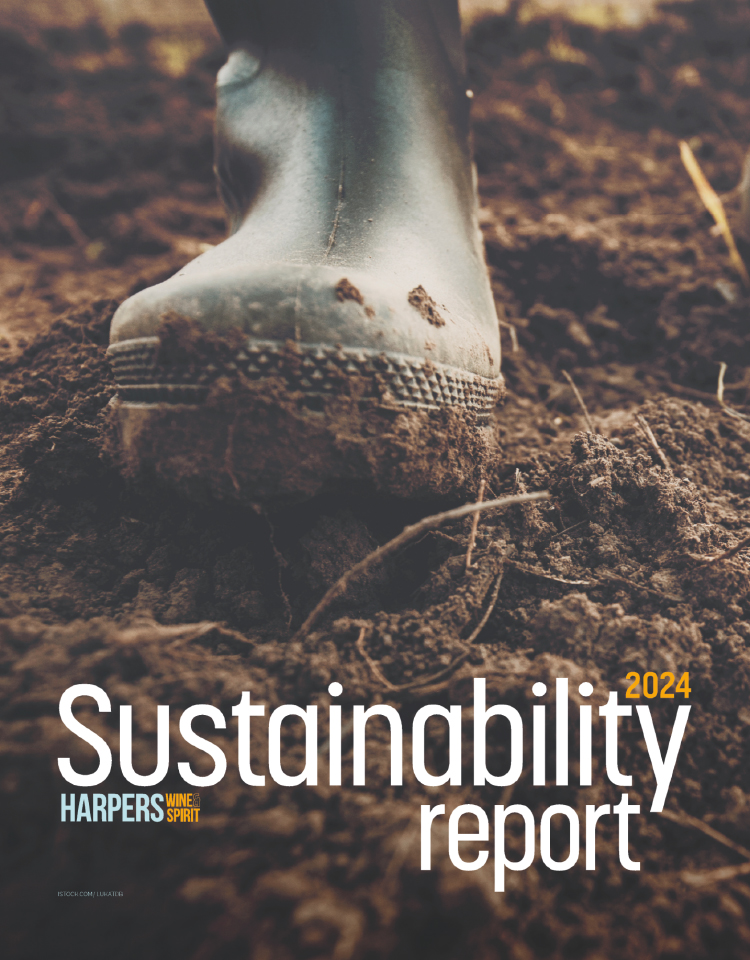
Insights: Unravelling the state of Georgian wine
The 9th annual Winexpo wine fair in Tbilisi this June saw a renewed focus on kvevri, 8,000 years of winemaking history, along with the evolution of Georgia's mainstream wines
The 9th annual Winexpo wine fair in Tbilisi this June saw a renewed focus on kvevri, 8,000 years of winemaking history, along with the evolution of Georgia's mainstream wines.
With about 100 million litres of annual production in 2015, Georgia is a relatively small country in terms of output, generally ranking on the world stage between Mexico and Switzerland. However, a good deal of attention has been cast in Georgia's direction lately due to the incredible length of time that they've been producing wine. With the recent dating of an ancient cellar in Kvemo Kartli, it is now confirmed that wine production has been ongoing since 6,000 BCE, meaning 8,000 years of winemaking and which has resulted in over 500 different varieties of indigenous grapes.
With 'Georgian Wine Month in full flow, there has been a concerted effort by the official, state-run Georgian Wine Agency (GWA) to promote this aspect of the wines and especially those made via kvevri, the large clay amphorae buried in the ground. The reasoning behind it, as Irakli Cholobargia, head of marketing for the GWA puts it, is that: "It makes a great story." This is indeed true but as with all facets of history, the claim of "First!" is problematic and given that both neighbouring Turkey and Armenia (where kvevri are called karasi) have ruins of ancient cellars as well, pursuing solely this unique aspects to their wines had resulting in local squabbling, especially with Armenia where they're still working to invigorate their nascent modern wine production.
Tim Clarke, co-founder of Arblaster & Clarke, speaking to Harpers at the International Cool Climate Symposium in Brighton in May, cited a report he compiled for Georgia in 2011 (during the period in which the Russian market was closed to them) wherein he outlined a strategic plan for enotourism. In it he stated that instead of claiming to be the "birthplace of wine", Georgia should phrase it differently and thus the "cradle of wine" slogan that now adorns all their marketing was born.
The irony in this, however, is that wine made in the ancient kvevri method, even now in 2016, accounts for a very small percentage of the country's total production. It's difficult to calculate as there is a tradition of people making a small amount of wine for their own consumption, but most estimates put bottled production around 10% or less. In terms of exports, it is less than 1% of the total.
 KvevriPromoting the "cradle of wine"
KvevriPromoting the "cradle of wine"
Export Growth
This imbalance is due to the great amount of wine produced in large, more commercial cellars that are remnants of the Soviet era when Georgia was essentially seen as an on-demand wine production region for the USSR. Unsurprisingly, the largest consumers of Georgian wine continue to be: Russia (once the market re-opened in 2013 after a seven year ban), Kazakhstan and Ukraine?all former USSR countries. There has however been significant growth in China, Japan, and other new markets.

|
The UK and US are still small markets totalling merely 76,000 and 246,000 bottles, respectively, in 2015. After a drop in total exports in 2015, they are seeing a good deal of growth in 2016 with the US showing a great increase of 35% in the first five months of 2016 over 2015. As Cholobargia explained, "We're now focusing a great deal on the UK and US. In the US specifically, we hope to reach 10 million bottles in 3-4 years."
Georgia's traditional markets, in addition to sometimes placing bans on them, are also responsible for the production of the "Semi Sweet" wines that hold a minimum of 40g/l of total sugar and offer a decidedly "different" taste profile than those who prefer dry wines would be accustomed to. When visiting Iago Bitarishvili of Iago's Wines (a 5,000 bottle cellar of kvevri wines) and director of the annual Tbilisi New Wine Festival, he stated matter-of-factly, "No one in Georgia drinks that Semi sweet wine as it's impossible to make in kvevri due to the natural process of vinification and Georgians prefer dry wines". Cholobargia says there is a general desire to move away from this style, "We're working to decrease the production of the Semi Sweet category as it's part of the problem of Georgian wines being seen as old fashioned and from a past era in Russia and we want to completely change that perception."
With the market dominance of the industrial producers (Georgians refer to a non-kvevri cellar as a 'wine factory' in English) and the small production of kvevri wines by a limited, but growing number of cellars that now totals around 50 of the 130 existing in all of Georgia, there does exist a gap in the middle. It's one in which wineries such as Danieli fall. Owned by Dane, Olaf Malver and his Georgian wife, Eka Tchvritidze, they produce about 50,000 bottles a year from native grapes using stainless steel tanks. For him, "kvevri winemakers are great for tourism and for storytelling but it's wrong to put all of Georgia's eggs in that basket. They produce such tiny amounts, it's very hard for them to have the capacity to distribute, export, promote, etc."
Cholobargia was quite adamant in that the GWA is working to grow all aspects of the country's wine portfolio. He also stated that they're working to "diversify the importing countries as much as possible." It's quite clear that it's hard to focus on the alluring kvevri cellars without ignoring the mid and large producers. The story is exceedingly compelling, especially as it plays in to the current popularity of natural wines in many countries as the proselytizers in these circles have attached themselves to the amphora genre of wine. They are however notorious for ignoring the fact, and at times even preferring, the kvevri wines that exist which are inherently faulty. It's not a magical wine process and there are those with production faults that do indeed exist given that the kvevri winemaking is completely uncontrolled. The short-term promotion gained could turn in to long-term problems as new consumers could easily sour on the whole Georgian brand given that kvevri wine already requires reorienting traditional wine profile expectations.
Despite these duly surmountable hurdles, many of the pieces across this diverse country of ancient wine production seem to be slowly falling in to place. You can see it in the large producers slowly weaning themselves off the Semi Sweet market and diversifying their export portfolio beyond the former USSR, and in the continued quality of kvevri producers such as Lagvinari, Shumi, Gravisi, Babaneuri and Pheasant's Tears, with help from the GWA to grow their reputation around the world. The future of Georgian wine seems situated for a steady rise in several distinct markets and it will be interesting to watch their evolution over the next five years.
Growing Competition
An international jury was selected to judge the wines for the annual Winexpo competition, headed by Tim Atkin MW and including Kenichi Ohasi MW (Japan), Richard Kershaw MW (South Africa), Isa Bal MS (Turkey), Misha Meskhi (Georgia), plus Levan Davitashvili (Georgia). Atkin emphasized that this year they had abandoned the OIV standards that had previously been used to frame the judging, which meant no maximum medal counts (among other changes) and, in total, there were 114 medals awarded to the 154 wines entered for judging.





